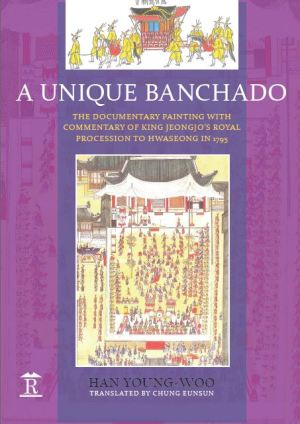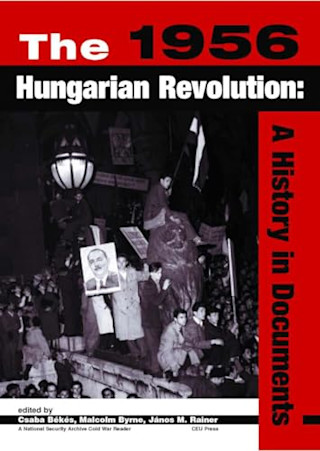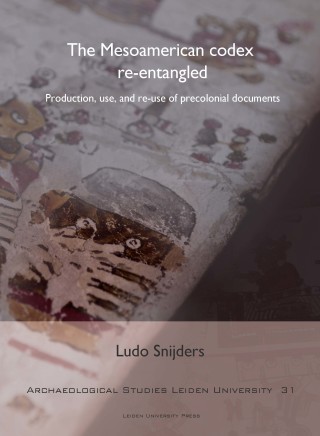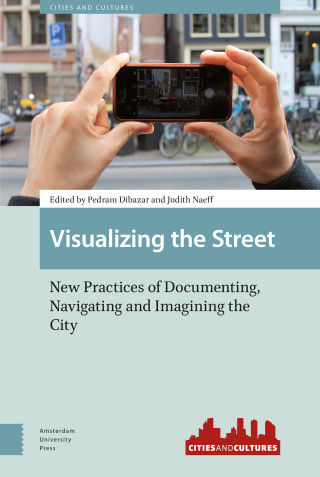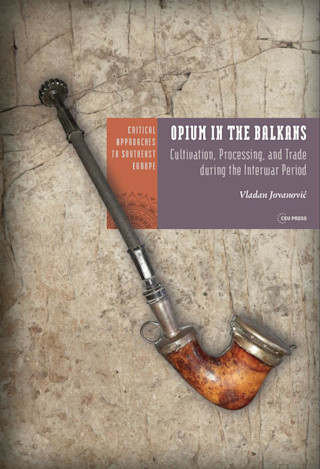Han Young-woo
The author Han Young-woo, is emeritus professor of Korean history at Seoul National University, where he was also dean of the College of Humanities and director of the Kyujanggak Institute for Korean Studies. In addition, he served as a distinguished scholar of the Hallym Academy of Sciences at Hallym University and emeritus professor at Ewha Womans University while also serving as dean of Ewha Academy for Advanced Studies. The original Korean edition of this book was published by Hyohyung Publishing Co., Seoul, in 2007 as an ‘easy-access guidebook’ following publication of a more ambitious ‘art edition’ in 2000, which in turn derived from an extensive work on Korea’s record-keeping tradition of the Joseon Dynasty published in 1998.

